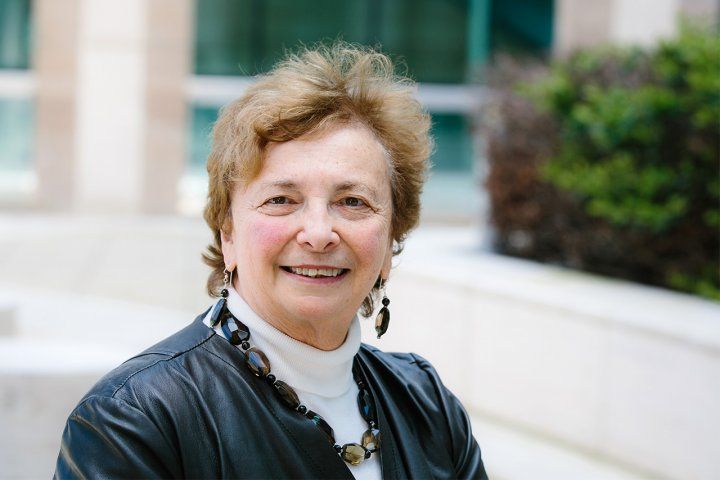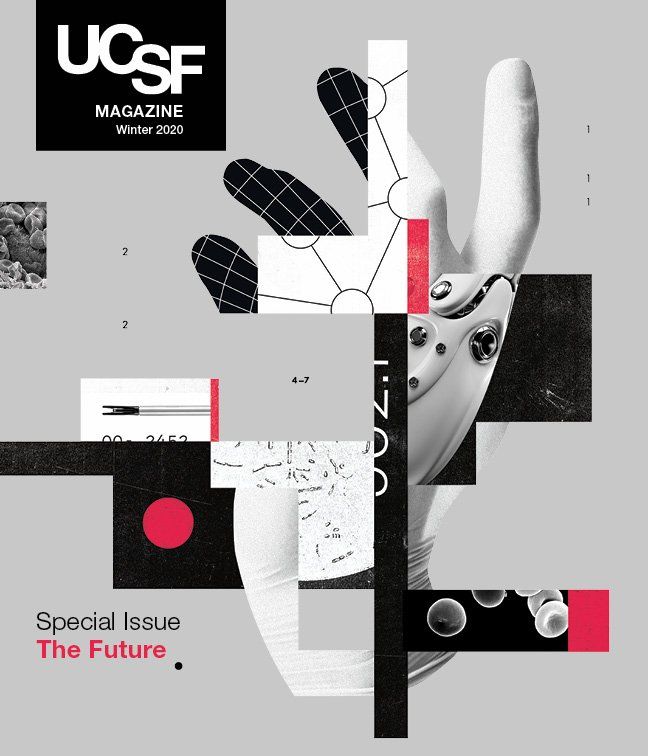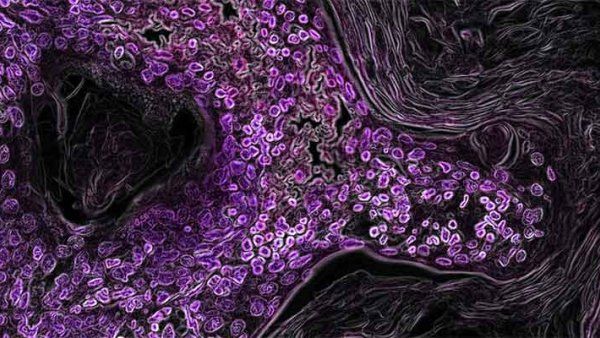
How Scientists Might Tame Cancer
Researcher Zena Werb, who has been studying cancer for 40 years, shares future strategies.

Illustration: Abigail Goh

New treatments like immunotherapy are producing astonishing outcomes for some cancer patients. Five-year survival rates have increased dramatically since the early 1960s. And novel therapies that target specific genetic mutations are prolonging and saving lives while causing fewer side effects than radiation and chemotherapy.
But cancer is not a single disease, which is why finding a single cure is so elusive. Basic scientist Zena Werb, PhD, has been studying cancer cells in UCSF labs for more than four decades. Here, she shares her take on the future of cancer medicine.


Zena Werb is a professor in the UCSF Department of Anatomy and associate director for basic science at UCSF’s Helen Diller Family Comprehensive Cancer Center. Photo: Sonya Yruel
Where do you think cancer research is headed?
We’ve mostly studied the nasty things about cancer – oncogenes and suppressor genes that propel cancers forward. What we haven’t looked at adequately is what keeps a cell in a non-cancer state. By 2050, I believe scientists will be addressing the neighborhood, or microenvironment, around a tumor and better understanding its role in keeping cancer cells under wraps.
How does that fit in with new treatments like immunotherapy?
Recent breakthroughs in immunotherapy and precision medicine have the potential to drive increased interest in the tumor microenvironment. People don’t realize the immune system is broader than just T cells and CAR T cells. The whole neighborhood, or matrix, around a tumor – not just the tumor itself – is important, and specifically how genes, microbes, organisms, and proteins all interconnect. Understanding this process, known as “biological crosstalk,” could uncover a great deal about the mechanisms that lead to cancer metastasis. Research directed at how the many disparate pieces of this complex biological system work together and influence health will become increasingly important.
Why have we seen so many breakthroughs recently?
New technologies have allowed us to image and sequence the genomes of tumors and cancers in ways that were never possible before. Targeting specific tumor pathology and genetic mutations with personalized therapies has produced incredible results for some patients. It’s really remarkable. But at the same time, we have to continue developing models of care and therapies that impact populations and not just individuals. Big-data analytics will play a huge role in that effort.
How might treatment decisions change?
I anticipate the next generation of clinicians and patients will place a greater emphasis on quality of life when making treatment recommendations and decisions. Also, because of long-term clinical studies with large cohorts of patients, like the WISDOM study (a five-year trial testing two different approaches to breast cancer screening), we’ll know more about which cancers need to be dealt with aggressively and which we can and should leave be.
What other kinds of therapies do you expect to surface?
We’ll have evidence-based information on the impact of noninvasive treatments. For example, as proof emerges about the contribution of the microbiome to our overall health, I believe we’ll see even more diet- and lifestyle-related choices for the prevention, prevention of recurrence, and treatment of cancer.
What is your greatest hope for 2050?
That our treatment goals for many more cancers will have shifted from eradication to managing these diseases as long-term conditions, like arthritis. In other words, we’ll die with it, not from it.

UCSF Magazine
Dive into the future of health in this special issue of UCSF Magazine.



